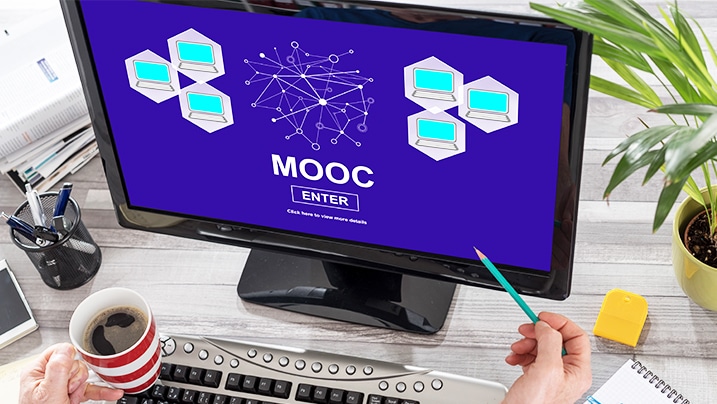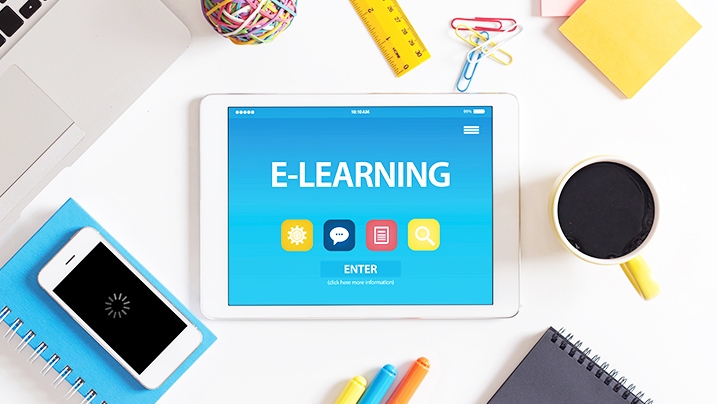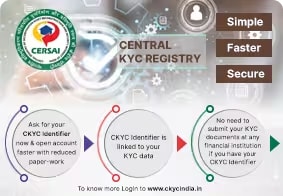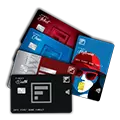Enjoy Zero Charges on All Commonly Used Savings Account Services
- About Us
- MD & CEO letter about the bank
- MD & CEO
- Our History
- Letter to Shareholders on the 1st Annual Report after Merger
- Letter to Shareholders on the 2nd Annual Report after Merger
- Letter to Shareholders on the 3rd Annual Report after Merger
- Letter to Shareholders on the 4th Annual Report after Merger
- Board of Directors
- Awards & Accolades
- News Room
- Investors
- Careers
- ESG
-
Customer care hotlineCall 1800 10 888
-
As per amendment in the Income Tax Rules, PAN or Aadhaar are to be mandatorily quoted for cash deposit or withdrawal aggregating to Rupees twenty lakhs or more in a FY. Please update your PAN or Aadhaar. Kindly reach out to the Bank’s contact center on 1800 10 888 or visit the nearest IDFC FIRST Bank branch for further queries.
-
-
FinFIRST Blogs
From its onset, the pandemic has created ripples that can be felt in every part of the world and across all walks of life. The effect of this concerning situation is quite evident on the education system. The near-total closure of schools, colleges and universities has given rise to virtual classrooms and e-learning initiatives.
During the pandemic, approximately 1.6 billion children and youngsters were unable to attend physical schools and had to face temporary closures on a daily basis. Consequently, both teachers and students had to get accustomed to education imparted on digital platforms.
The dependence on Internet infrastructure
By the end of March 2020, India went into complete lockdown, due to which educational institutions had to shift base to online education. Coming at a time when most schools were wrapping up the academic year, the preparedness for the next session came to a halt, followed by the transformation to digital platforms. Most private schools had to reinforce their digital capacities and create virtual classrooms to combat such a situation.
But it was not an easy task for the government-run or aided schools, especially in the rural areas. Therefore, the government came out with various measures and schemes to help underprivileged students and youngsters:
- PRAGYATA Guidelines on Digital Education
- Internet access under BHARAT NET scheme and,
- Learning Enhancement Guidelines by the States and UTs
Digital training of teachers has gained importance

Educators were always poised to play a pivotal role during this moment of crisis. However, teaching on digital platforms is not everyone’s cup of tea. To accommodate this transition, many educators went through a complete transformation to get themselves familiarized with virtual classroom teaching. Teachers had to overcome these initial hindrances and keep up with the changing curriculum, syllabus, examination pattern, etc. Apart from academics, teachers also made sure that children don’t miss out on their craft, music, and dance lessons. Even many important festivals and occasions had to be celebrated virtually in e-classrooms.
Private education infrastructure providers gained significance
The sudden upsurge in digital learning broadened the horizon of educational institutes and teachers. Virtual meeting and educational apps such as Zoom, Google Classroom, Google Meet, Doodle Maths, Doodle English, etc., not only helped teachers reach out to students easily but also provided an alternate study at-home support. No wonder the finances offered to education technology startups have more than doubled in one year, from $4.81 billion in 2019 to $12.58 billion in 2020.
India and the Massive Open Online Courses (MOOCs)

MOOCs are interactive free online courses that cover a huge range of courses such as Business and Management, Data Science, Language, etc. for students from all over the world. MOOCs also offer professional certification courses as well as Micro Bachelor programs and Micro Masters programs. This wide range offered by MOOCs has gained huge popularity during the pandemic as it has allowed young learners to upskill at their own pace and comfort.
The career ambition of highly focused students received a setback as the pandemic stalled academic progress. In MOOCs, they have found a new ray of hope for uninterrupted career growth. With the obvious impetus on online education, MOOCs saw exponential growth during the pandemic. For instance, Swayam, India’s national MOOC platform, offers over 2150 courses and has assembled over 1300 instructors from 135 Indian universities. Besides, the education ministry aims to connect all schools to the Bharat Net and provide digital devices to them. The New Education Policy 2020 is also expected to accommodate online education in a bigger way.
Challenges ahead

Examination system - The lockdown resulted in the cancellation of many important exams, including Board exams and competitive exams. The traditional examination system was no longer tenable, which resulted in online exams. The entire system has come under the microscope where grades have become a non-issue, and classroom engagement is gaining importance. Weekly tests and quizzes are conducted as part of regular assessment. Curriculums and syllabi may also call for a relook to accommodate a hybrid examination system.
Virtual classrooms - Physical schools allowed teachers and students to interact effectively, where teachers could also keep an eye on the ongoing development of the students. However, there are subtle differences in online classes like merging classes and sections and muting students' microphones. Justified as these things are, they also prove the merits of physical classes and their long-term irreplaceability.
Student psychology - The prolonged closures of educational institutions and the lockdown at home have a detrimental impact on the physical and mental health of the children. They are forced to stay away from the usual daily life that included going to schools and colleges. Social isolation with fear and negativity is not the ideal childhood that children need to go through. The pressure of online classes and weekly exams should therefore be delicately placed on their young shoulders. The Education Minister recommended the effective use of the Manodarpan portal to address the mental wellness of teachers and students.
Despite the disruption caused by the COVID-19 pandemic, education has not taken a back seat altogether. The use of technology has ensured that students maintain a connection with their schools, teachers and classes. As the education system adapts to online learning, students also need to be given an age-appropriate explanation of the pandemic scenario and the purpose of being at home. Through interesting MOOCs and an interactive education system, institutions, parents, and the administration can ensure that students can learn well and cheerfully see through the pandemic ordeal.
Disclaimer
The contents of this article/infographic/picture/video are meant solely for information purposes. The contents are generic in nature and for informational purposes only. It is not a substitute for specific advice in your own circumstances. The information is subject to updation, completion, revision, verification and amendment and the same may change materially. The information is not intended for distribution or use by any person in any jurisdiction where such distribution or use would be contrary to law or regulation or would subject IDFC FIRST Bank or its affiliates to any licensing or registration requirements. IDFC FIRST Bank shall not be responsible for any direct/indirect loss or liability incurred by the reader for taking any financial decisions based on the contents and information mentioned. Please consult your financial advisor before making any financial decision.
The features, benefits and offers mentioned in the article are applicable as on the day of publication of this blog and is subject to change without notice. The contents herein are also subject to other product specific terms and conditions and any third party terms and conditions, as applicable. Please refer our website www.idfcfirstbank.com for latest updates.


 What's special about us
What's special about us


















